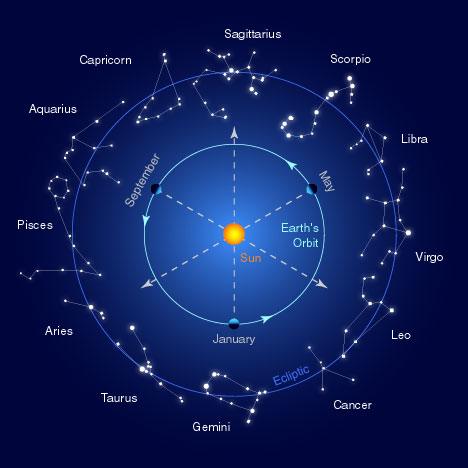Greek Myths of the Constellations
Table of Contents
Stars have been a subject of fascination throughout history, and almost each ancient culture had their own ideas about where they came from and what constellations represented. Ancient Greek mythology is no exception.
Andromeda
Andromeda was the daughter of Aethiopian king and queen Cepheus and Cassiopeia. The latter liked to boast that Andromeda was more beautiful than Poseidon’s protégées, the sea nymphs. Needless to say, Poseidon didn’t like that and ordered Andromeda to be chained to a rock fed to Cetus the sea monster. Luckily, Perseus got there just in time to free the princess after having slain the snake-haired gorgon Medusa. Obviously, Perseus and Andromeda fell in love and got married. After Andromeda died, Athena has placed her amongst the constellations in the northern sky, near her mother Cassiopeia.
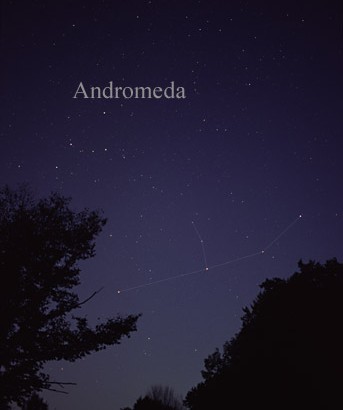
Aquila and Cygnus
Aquila and Cygnus, or “The Eagle” and “The Swan, are the two constellations surrounded by several Zeus-related myths. Some believe that “The Eagle” represents the bird Zeus sent after Prometheus, and “The Swan” relates to the myth of Leda and the Swan, in which Zeus turns into a swan to seduce a woman named Leda. Others think that both constellations, together with several other avian constellations, represent the Third Labor of Heracles – Stymphalian Birds. It is also possible that the two constellations represent the story of Zeus seducing goddess Nemesis by transforming himself into a swan and asking Aphrodite to help him out, disguised as an eagle.
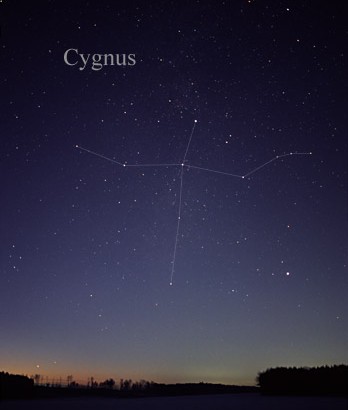
Herculean constellations
The constellation “Hercules” is named after the Romanian hero whose name was “borrowed” from the Greek hero Heracles. There are also several constellations that represent the twelve labor of Heracles, one of which we referred to earlier. These include Hydra, Lyra and Cygnus, Serpens, Aquila, and several of the constellations we know today as Zodiac signs.
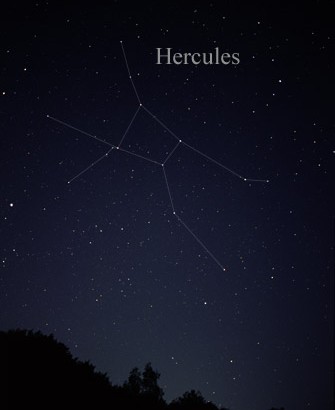
Orion
Greek mythology reveals Orion to be a giant hunter favored by Zeus. He is first introduced in The Odyssey, but there are several versions of his adventures that reached us. We can discern from them that he and Zeus had a lot in common, such as a penchant for violence and delusions of grandeur. In fact, Orion at one point swore to kill every single beast on Earth. Earth, naturally, wasn’t too happy with that and sent a scorpion after him. After the scorpion killed him, Zeus placed Orion amongst the constellations.
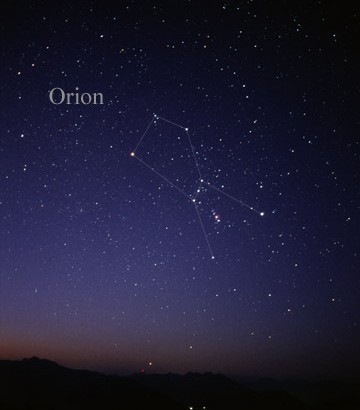
Ursa Major and Ursa Minor
Ursa Major, or “The Big Bear”, is one of the oldest and most famous constellations of the Northern Hemisphere in the world. According to the Greek mythology, the bear is – you guessed it – one of Zeus’ many lovers. Her name was Callisto, and she was a favorite of his, so obviously Hera despised her. One day, she spotted them taking a walk and, in order to prevent harm coming to Callisto, Zeus turned her into a bear. Being Zeus, he left her there without reversing his magic, so she ultimately ended up killed by her own son Arcas. Zeus saw this and made Callisto into the largest constellation in the sky – the Ursa Major. Arcas became the Ursa Minor.
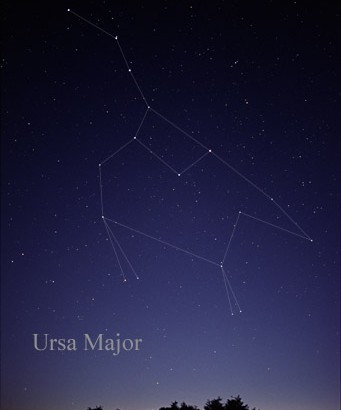
Zodiacs
All twelve constellations that we call the signs of Zodiac have a place in Greek mythology. For instance, Sagittarius is a Centaur who’s been fatally wounded by Heracles. Leo is the Nemean lion that Heracles defeated in his First Labor. Capricorn was a goatish sea god who helped Zeus out in the War of the Titans and Zeus placed him in the sky as a thank you.
